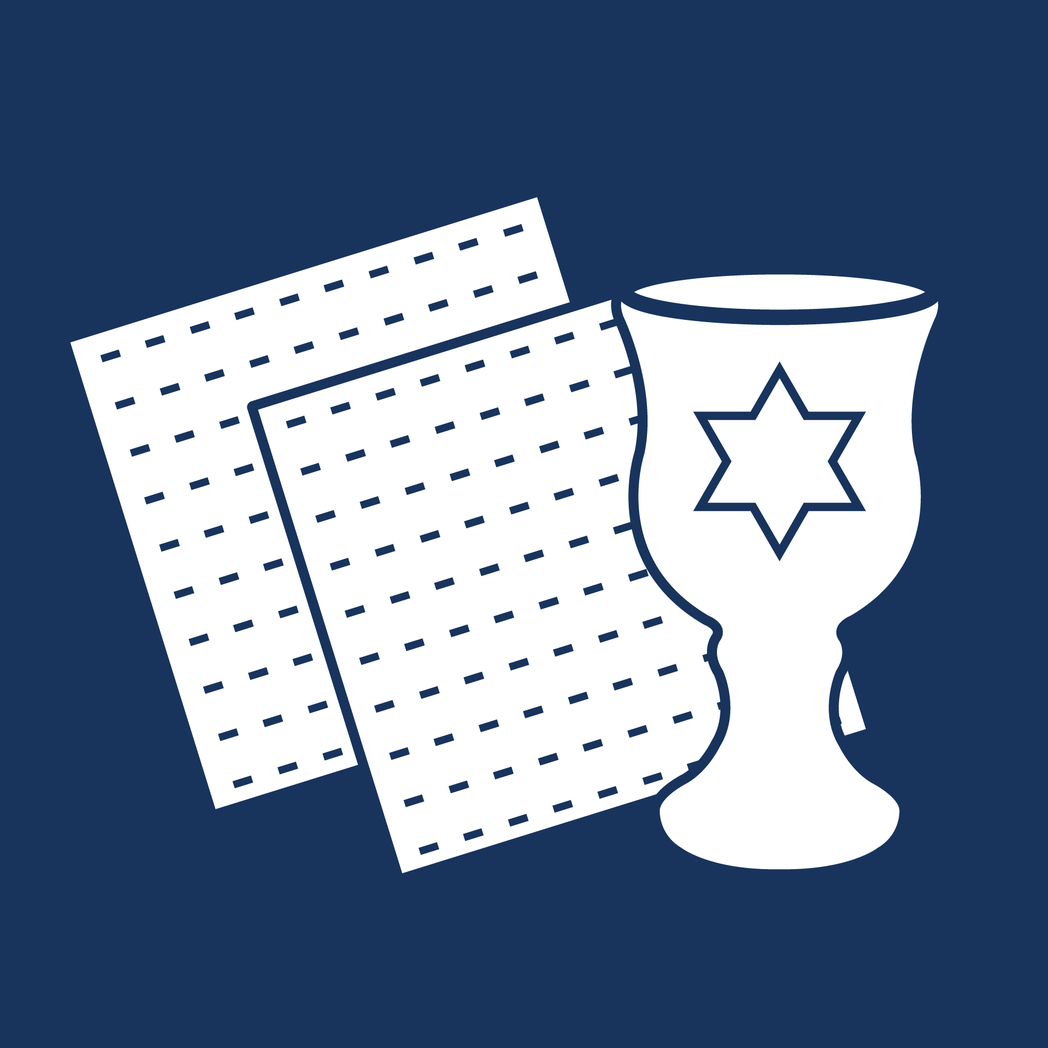
Credit: Loren Berman, Broken Matzah, CC-BY-0
Why Do We Break the Middle Matzah? This activity is designed for middle school and up, and has a discussion component as well as a creative activity at the end; use one or both, or adapt these themes and texts to your own audience.
Break the matzah in half (or as close as you can come!) and think about those two pieces as representing two kinds of eating experiences:
The first kind of eating is expressed by this verse in Deuteronomy:
וְאָכַלְתָּ֖ וְשָׂבָ֑עְתָּ וּבֵֽרַכְתָּ֙ אֶת־יְהוָ֣ה אֱלֹהֶ֔יךָ עַל־הָאָ֥רֶץ הַטֹּבָ֖ה אֲשֶׁ֥ר נָֽתַן־לָֽךְ׃
When you have eaten your fill, give thanks to the LORD your God for the good land which He has given you.
Sometimes we eat because we are hungry, and we stop when we are full. When we do, we may be inspired to express gratitude - to God, to the farmers and other workers who produced our food, or to the people in our lives who helped prepare the food.
There's another type of eating as well. Sometimes, we aren't really hungry, or we reach for foods that don't actually serve to satisfy our hunger. These foods may be celebratory or special, and they add to our enjoyment of a holiday or other occasion. We may focus on a different type of gratitude, feeling happy about the celebration, and we may feel excited to consume foods that are different or exotic.
In his commentary on the Haggadah, Rav Avraham Yitchak HaKohen Kook calls these two types of eating "eating for the sake of sustenance" and "eating to feel fully satisfied" (in Hebrew, “achilah l’teyavon" and “achilah al sovah”). One is a physical necessity, and allows us to survive and thrive. The other brings about joy and gives us a chance to relax and celebrate.
Yachatz is the moment in the seder when we recognize both of these modes of eating. By breaking the matzah in two, we recognize that the way in which we eat can be divided into these two different experiences. We've all had both experiences, and this gives us a chance to focus and reflect: When have we experienced these two different forms of eating? What are we feeling right now? Is our stomach empty or full? How about our souls?
Discuss or Share:
Think of a time when you ate because you were hungry. Tell someone the story, or record yourself telling the story and share it later. What did it feel like to satisfy your hunger? What did you eat?
Think of a time when you ate just for fun or to celebrate a special occasion. Again, tell someone the story, or record yourself telling the story and share it later. What did it feel like? What did you eat?
Below is an image of Yachatz. Take a picture or draw a picture that also has two pieces side by side and represents two components of eating that you want to keep in mind this Passover.
Be sure to share your photos with others - on this sheet, or in another format - and describe the two aspects of eating that you're thinking about this year.
This is also a chance to think beyond our own experiences. We may be full, but do we know of others who are hungry? We may be enjoying ourselves, but are there people who are not able to engage with this spiritual experience and enjoy themselves? Depending on the age group, learners may be aware that eating this Passover does feel different. We may be eating in smaller groups, or consuming a narrower range of foods. This can also be a space to open up this conversation.




